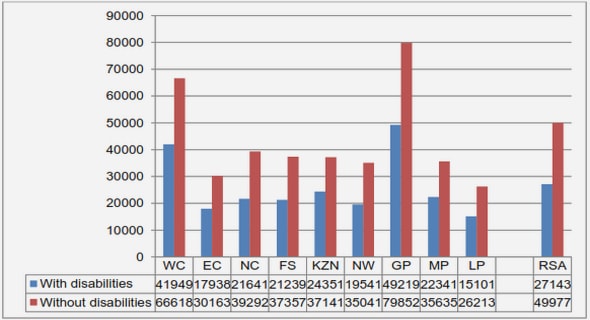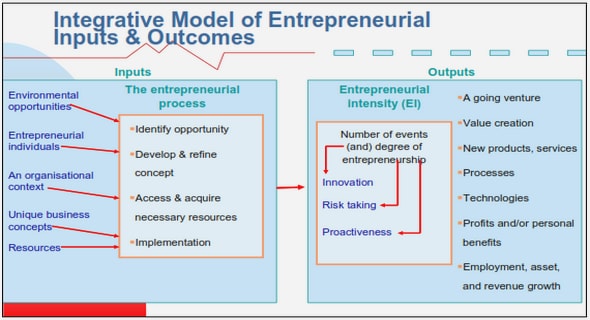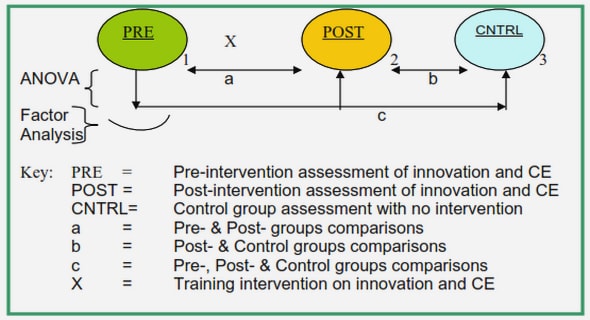Get Complete Project Material File(s) Now! »
Extended bassoon techniques
The extended techniques in this chapter are presented in alphabetical order. Descriptive text awell as bassoon fingering charts and music notation is provided to demonstrate the performance of a specific technique. The microtone and multiphonic fingering charts (Consult Appendix B and C) are accompanied by results compiled during experimentation with the fingering of each extended technique. Indications as to the fingering that works best regarding ease of execution and tone production accompany the microtone results. The fingering charts can be used not only by bassoon teachers but also by composers when they need to indicate a desired effect or sound in a composition.
Applying circular breathing on the bassoon
A problem that I experienced in implementing the circular breathing technique on my instrument was pushing out the cheeks while playing. The embouchure technique is based on the German school of bassoon performance practice that I was taught, as are many bassoonists throughout Europe, and requires the cheeks not to be pushed out during bassoon playing, but the jaw to be lowered to open the inside of the mouth (Camden 1962:6). The first noticeable difference when adjusting the embouchure to store air in the mouth with the cheeks extended outwards is a significant change in intonation and sound quality. At first I experienced that circular breathing was only achieved on those registers of the instrument that provide the appropriate level of resistance. A lower level of resistance on the bassoon can result in difficulty in sustaining a constant airflow with no disruptions. The bassoonist is encouraged to practise the technique on a more resistant register of the bassoon, for example C4 to E♭4, focusing on a constant air stream support to maintain the correct pitch while pushing out the cheeks. Only once this can be comfortably executed should the range outward above E♭4 and below C4 be practised. Establishing a continuous sound on the bassoon creates an extreme stamina issue for the facial muscles of the bassoonist. While executing this technique, the buccinators as well as orbicularis oris that supports the adjusted embouchure during playing must enable the lips to stay in contact with, as well as seal, the double reed for much longer than is typically required; this results in accelerated fatigue in these muscles. Long tones must be practised to enhance the control of, and at the same time reduce fatigue of the embouchure. There are two possible ways of practising this: firstly, by using only air stored inside the mouth with the cheeks inflated, sustaining a single long tone and focusing on the intonation while not inhaling; and secondly, by inflating and deflating the cheeks while sustaining a long note. When implementing the second exercise the intonation will not be stable, but the focus should be on the movement of the buccinators while inhaling. The bassoonist should remember that circular breathing consists of many short, rapid inhalations. Waiting until a breath is needed is to be discouraged, as taking a long breath through the nose can be quite noisy. In addition, this may also result in hyperventilation. The air stored in the cheeks must not be fully depleted before reverting to using the newly inhaled air.
CHAPTER 1. INTRODUCTION AND OVERVIWE
1.1. Introduction
1.2. Purpose of the study
1.3. Research questions
1.4. Research method
1.5. Delimitations of the study
1.6. Outline of the study
CHAPTER 2. LITERATURE REVIEW
2.1. Introduction
2.2. Bruno Bartolozzi
2.3. Challenging aspects of extended bassoon techniques
2.4. Conclusion
CHAPTER 3. RESEARCH METHODOLOGY
3.1. Introduction
3.2. Data analysis and interpretation
3.3. Conclusion
CHAPTER 4. EXTENDED TECHNIQUES FOR THE MODERN GERMAN SYSTEM BASSOON
4.1. Introduction
4.2. Extended bassoon techniques
4.3. Conclusion
CHAPTER 5. SUMMARY AND CONCLUSION
5.1. Summary
5.2. Conclusion
5.3. Recommendations for future research
REFERENCES


